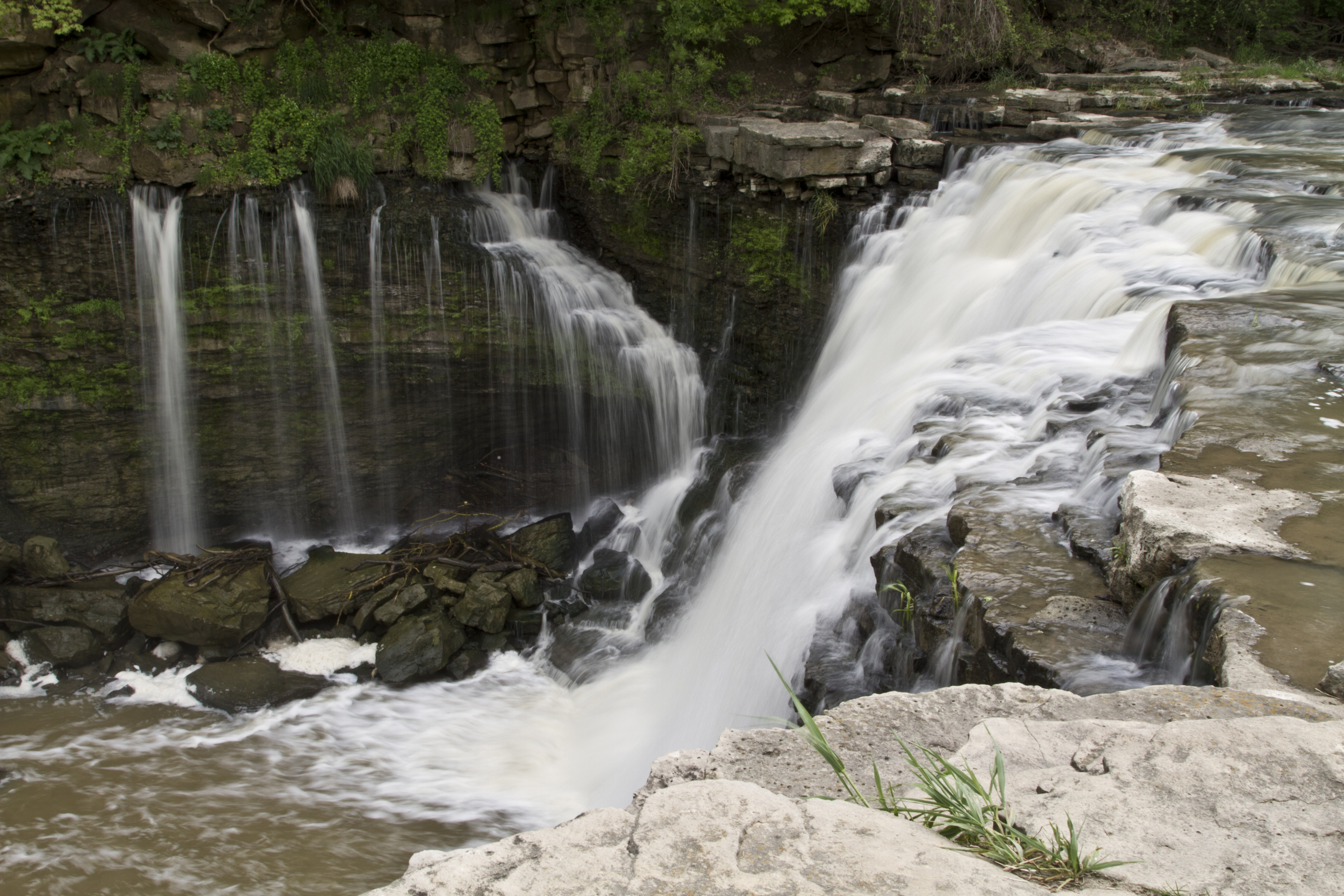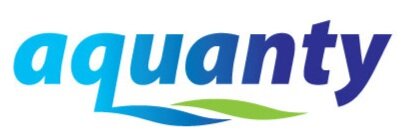

HGS RESEARCH HIGHLIGHT – Fractal Behaviors of Hydraulic Head and Surface Runoff of the Nested Groundwater Flow Systems in Response to Rainfall Fluctuations
In this paper the authors have undertaken a comprehensive investigation into the behavior of nested groundwater flow systems (NGFS) in response to rainfall fluctuations and their influence on surface runoff. Through the utilization of a fully coupled variably saturated groundwater-surface water model alongside spectral analysis, the team delves into the fractal characteristics of hydraulic head and surface runoff across different scenarios.

NEW version of HGS (March 2024 - Revision 2653)
The HydroGeoSphere Revision 2653 (March 2024) is now available for download.

Introducing the HydroGeoSphere Interface - Aquanty Webinar
The HGS Interface is a GUI for HydroGeoSphere that has been built into Aquaveo’s flagship Groundwater Modeling System (GMS), one of the world’s premier software packages for subsurface hydrological simulations. With the introduction of the extremely powerful HydroGeoSphere simulation engine, GMS v10.8 users will be able to construct fully-integrated groundwater-surface water models powered by HydroGeoSphere!

HGS RESEARCH HIGHLIGHT – Saltwater Intrusion Into a Confined Island Aquifer Driven by Erosion, Changing Recharge, Sea-Level Rise, and Coastal Flooding
This research sheds light on the complex interactions between storm surges, reduced recharge, high erosion rates, and sea-level rise on the hydrological balance of Prince Edward Island. By leveraging the advanced capabilities of HGS, the researchers were able to test impact that climate change and future trends in coastal hydrology will have on the islands groundwater quality and the movement on the saltwater wedge underlying PEI.

NEW version of HGS (February 2024 - Revision 2641)
The HydroGeoSphere Revision 2641 (February 2024) is now available for download.

HydroGeoSphere Research Paper wins Water Resources Research Editors’ Choice Award
We’d like to highlight a terrific achievement in the HydroGeoSphere user community, and send a hearty congratulations to Dr. James Thornton and his research team for winning the 2022 Editors’ Choice Award from the Water Resources Research journal.
HGS RESEARCH HIGHLIGHT – Simulating the recession dynamics of Arctic catchments in the context of a thawing permafrost
In a recent study, researchers have made significant strides in understanding how climate warming is altering the Arctic's hydrological dynamics. The study delves into the complex relationship between permafrost thaw and groundwater flow. Traditionally, Arctic hydrology has been conceptualized as a local system, confined by the frozen ground. However, as the climate warms, permafrost begins to thaw, transitioning this system into a more interconnected network of regional aquifers. This transformation is crucial, as it alters the fundamental dynamics of water movement and storage in the Arctic.

NEW version of HGS (January 2024 - Revision 2633)
The HydroGeoSphere Revision 2633 (January 2024) is now available for download.

HGS RESEARCH HIGHLIGHT – Understanding the vulnerability of surface–groundwater interactions to climate change: insights from a Bavarian Forest headwater catchment
This study used HydroGeoSphere to evaluate the impact of climate change on streamflow and water availability within a small forested catchment in South-East Germany. Climate forecasts in the region predict a significant decrease in precipitation over the coming decades. Based on integrated hydrologic modelling of the catchment, this forecasted decline in precipitation combined with a relatively steady rate of evapotranspiration (compared to the historical period) will result in prolonged drought conditions, which in turn will result in declining groundwater levels, decreased baseflow to the upstream reaches of the stream network.

"Using Wetlands to Flatten the Hydrograph" - Webinar
We were so pleased to see a presentation featuring HydroGeoSphere at this year's Latornell Conservation Symposium. The presentation (“Using Wetlands to “Flatten the Hydrograph”) was delivered by representatives from Ducks Unlimited Canada (DUC), and focused on a recent collaboration between DUC, Ontario Power Generation (OPG) and Aquanty. At the center of the project is an advanced integrated hydrologic model of the Dog Lake watershed in Northern Ontario.
